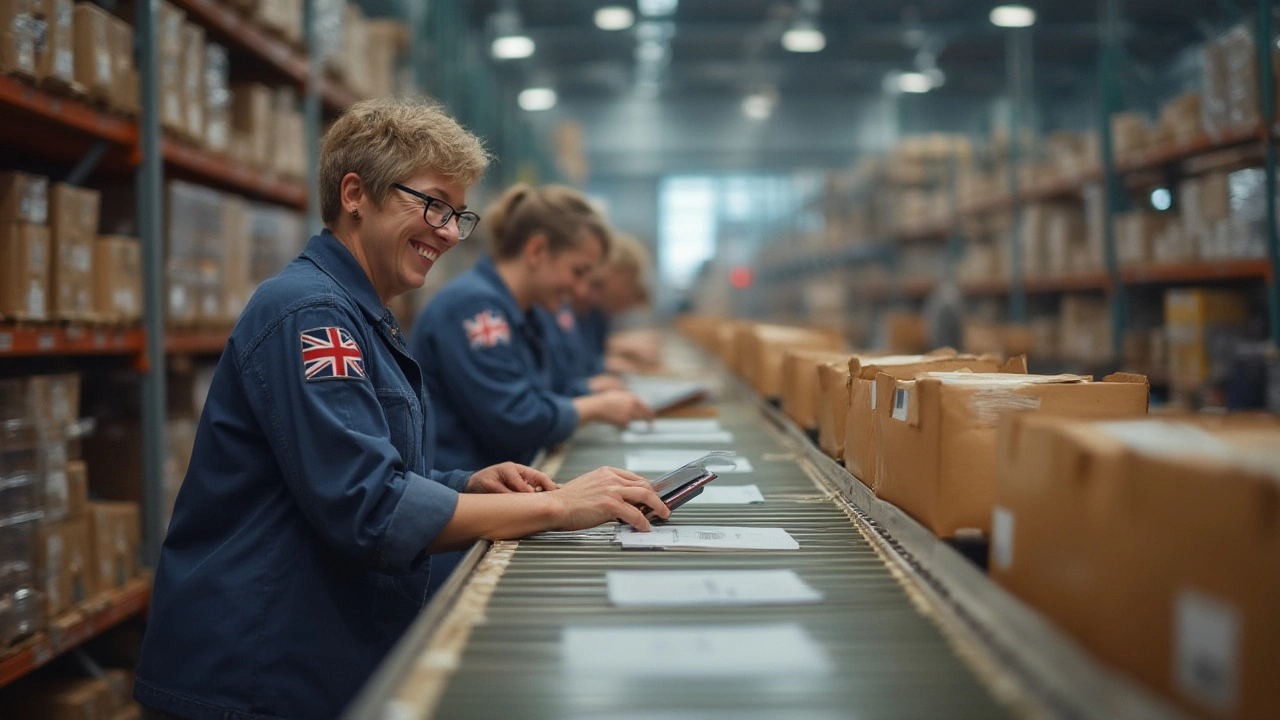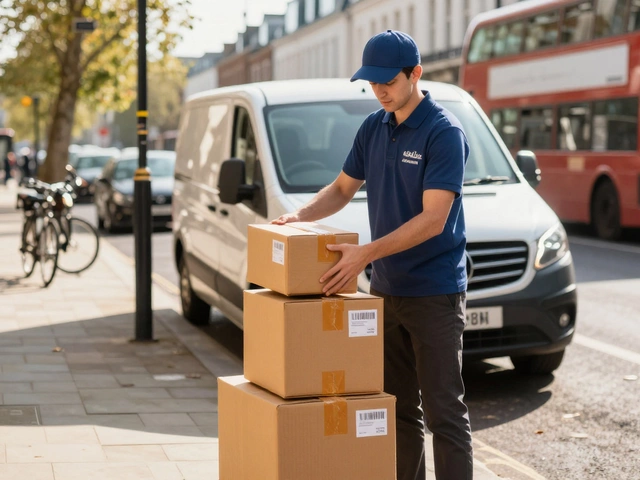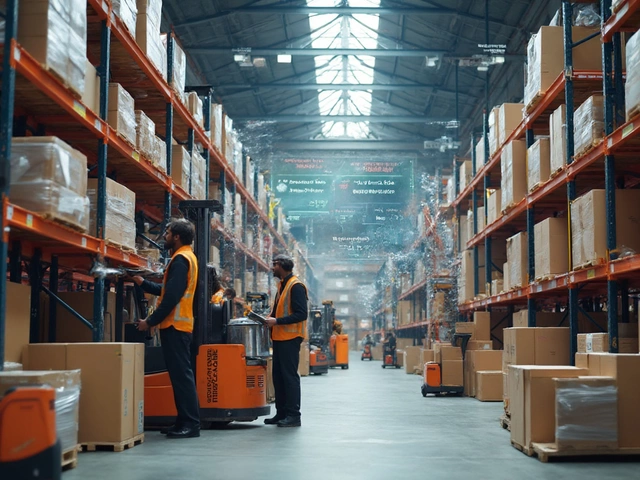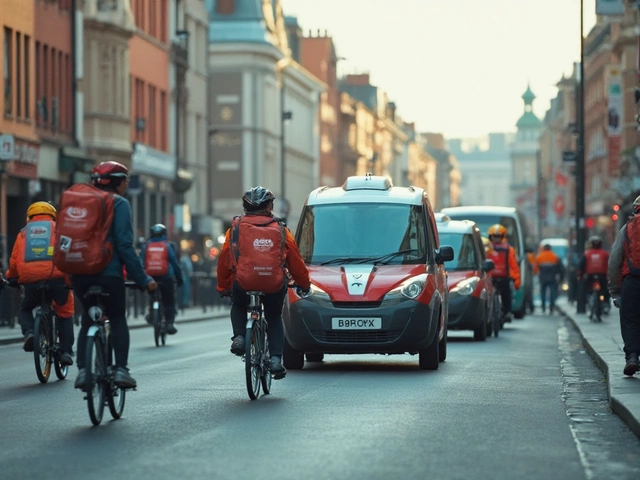Ever noticed how your online orders show up at your door so quickly these days? There’s a wild web of processes churning behind the scenes. E-commerce logistics is not just about getting things from point A to point B. It’s a series of carefully linked steps—each with its own quirks, hurdles, and, let’s be honest, potential headaches. A misplaced barcode or a missed scan can send a package spiraling into the Bermuda Triangle of lost parcels. But when done right, superior logistics can make online shopping seamless and turn one-time buyers into loyal customers.
Getting Goods Ready: Inventory, Warehousing, and Order Management
Before you even click “Buy Now,” a lot’s already underway. The journey starts in the warehouse, where smart inventory management is key. These days, missing stock or overselling can ruin a retailer’s reputation fast. Some of the most successful e-commerce players rely on real-time inventory tracking, syncing stock levels across online and offline channels to prevent sellouts—or the dreaded backorder email you get after waiting days for a delivery that will never come.
Modern warehouses increasingly rely on automation. Think conveyor belts, robots zipping around racks, even drones in some pilot projects. But there’s still plenty of human action—workers picking, packing, and checking orders for accuracy. The layout of a warehouse matters more than most people guess. Optimized layouts save seconds per order, which adds up to thousands of hours at scale. Some warehouses use machine learning to work out the best shelf locations, like keeping popular products close to packing areas during sales or seasonal surges.
Order management software sits at the heart of all this. When you order multiple items, there’s often software that decides if one box or three is needed, which warehouse (if there’s more than one), and which courier to assign. The goal? Shortest route, lowest cost, and fastest delivery promise. In New Zealand, the drive for same-day or next-day delivery especially in Auckland and Wellington has pushed local retailers to adopt smart inventory segmentation—splitting their stock across warehouses based on where demand is highest, then promising faster turnaround times.
This table shows how different companies handle inventory accuracy when adopting automation:
| Company | Manual Only Inventory Accuracy | With Automation (%) |
|---|---|---|
| JD.com (China) | 92% | 99.5% |
| Zalando (EU) | 93% | 99.1% |
| The Warehouse Group (NZ) | 91% | 98.4% |
If you’re running your own e-commerce, set up regular stocktakes (counting inventory), and use barcode or RFID scanning to reduce errors. Smart use of inventory data can highlight what's selling fast and when stockouts might happen. Remember, e-commerce shoppers barely tolerate delays or unexpected out-of-stock items—it's too easy to click away to someone else. The power of speedy, precise warehousing can make or break a store’s reputation.
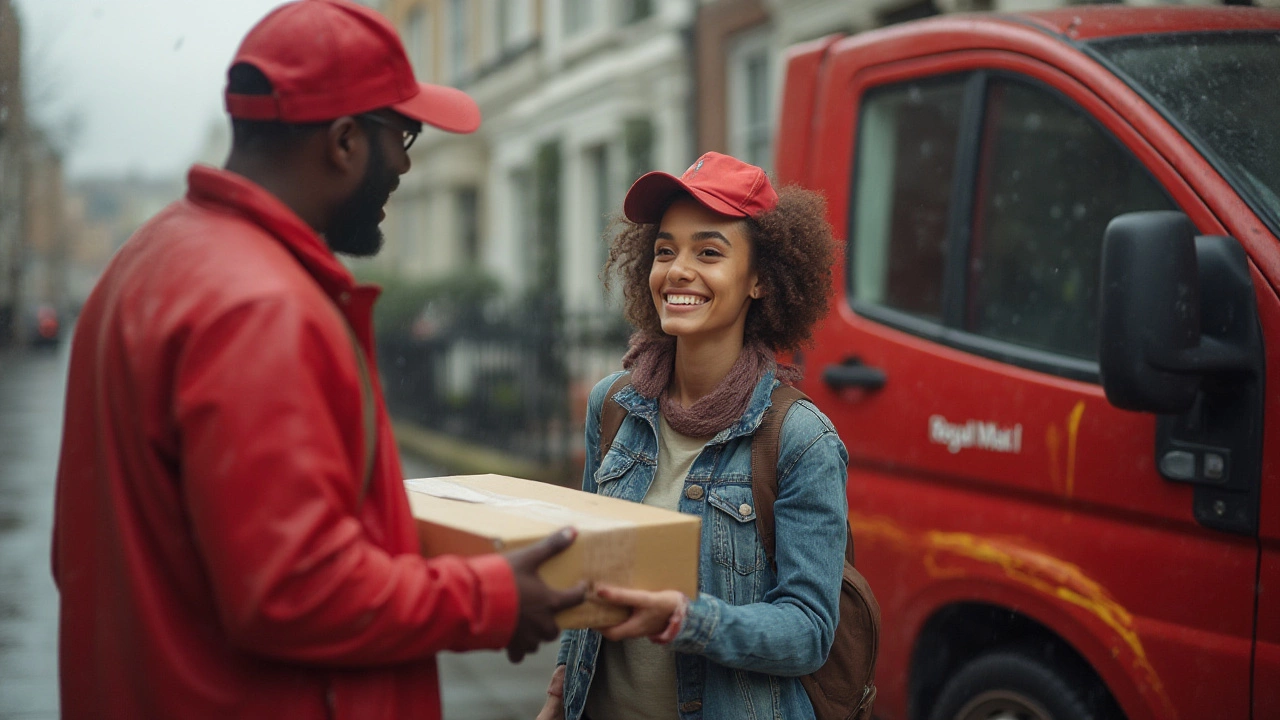
Packing, Shipping, and Delivery: Where the Magic (and Mistakes) Happen
Picture this: a neat stack of orders ready to be packed up, but the real crunch comes with packaging decisions. Should it be a poly bag, padded envelope, or a full-on cardboard box? Pick wrong and you’ll waste money, risk breakages, or draw the environmental wrath of eco-conscious buyers. Sustainable packaging is becoming a big talking point—almost 71% of Kiwi online shoppers in a NZ Post survey said they prefer eco-friendly materials, and younger consumers even pay extra for it.
Packing isn’t just stuffing products into boxes. Smart operations use “pick-to-light” systems—workers scan barcodes, and lights guide them straight to the right shelf. Then there’s 'batch picking,' where the software groups orders by location, slashing unnecessary walking. The goal here? No mistakes. A single mispicked SKU might cost a business more than the customer paid, after reshipping and returns are factored in.
Once packed, shipping kicks in. Here, courier partnerships really matter. Retailers juggle costs between overnight, two-day, or economy shipping options. In big cities like Auckland, some outfits offer ultra-fast, even two-hour slots, backed by bike couriers for small parcels. International orders? They bring labyrinthine customs paperwork and the headache of “landed cost” calculations—that’s duty, tax, and shipping bundled together, so buyers don’t get stung with surprise fees.
Tracking is non-negotiable. A whopping 90% of Kiwi shoppers check tracking at least twice before their package arrives, according to NZ Post’s 2024 e-commerce report. Smart logistics companies automate shipment updates, even texting or emailing when something’s out for delivery. The right software can spot delivery trends—like which suburbs get stuck in traffic—and reroute packages proactively. Dedicated last-mile couriers, especially in dense urban centers, make a huge impact in shrinking delivery windows. Many New Zealand e-commerce brands now offer click-and-collect at partner stores, which can boost both speed and customer satisfaction.
If you want to tighten up your own shipping game, consider the following tips:
- Use shipping software that compares courier rates in real time—sometimes a lesser-known local player offers faster service for a particular postcode.
- Offer shoppers a choice of delivery windows, including low-emissions options for the eco-minded.
- Invest in tamper-evident or compostable packaging to build trust and cut landfill waste.
- Plan “cutoff times” for same-day or overnight orders clearly on your checkout page. Nobody likes missing the window by a few minutes.
- Automate customer notifications—no news is worse than bad news for a waiting buyer.
Smooth shipping keeps customers happy, but it also builds that all-important trust. A broken promise on delivery or packaging is one of the quickest ways to rack up negative reviews or refund requests. Get it right, and you create repeat customers—the best marketing there is.
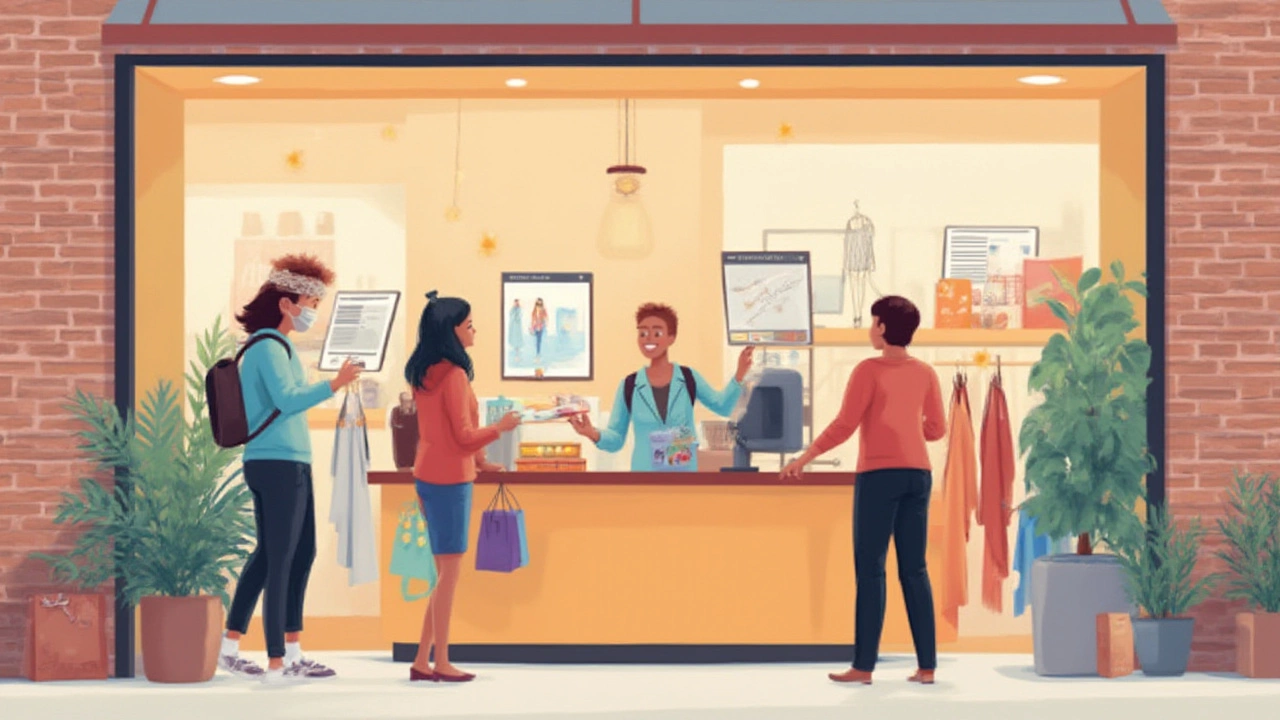
Returns, Reverse Logistics, and Customer Experience: Closing the Loop
So, the package has arrived—job done, right? Not even close. Returns are part of online retail life, especially for clothes, shoes, or anything requiring a personal touch. In New Zealand, some retailers report return rates of up to 28% for apparel. And contrary to what you might think, pain-free returns can actually increase loyalty and even future sales. A Shopify report from April 2025 found that 60% of shoppers check a store’s return policy before buying, and three out of four say they’re more likely to shop with brands that offer hassle-free returns.
Reverse logistics is the term for shipping items back and getting them reintegrated into inventory—or, if needed, disposed of in a responsible way. The tricky bit is the cost and complexity. A returned item might need to be inspected, repackaged, or even repaired before it’s put back up for sale. Some New Zealand brands speed things up with pre-paid return labels, dropoff points, or even scheduled pickups in major cities. Good software is essential here; it should link return requests to original orders, flag possible serial returners, and manage refund or store credit workflows quickly.
The real rockstars here make returns painless for the customer—think automated approvals for certain items, instant refunds once the parcel's scanned at the post shop, or in-person returns at partner stores for immediate exchanges. For more complicated items (say, electronics or bulk orders), dedicated support staff can help assess problems and propose solutions fast, so customers don’t feel lost or ignored.
Returns open up chances for bonus revenue, too. Think about it: When a shopper comes to a store—or clicks through an email—to arrange a return, that’s another chance to double down on customer care or suggest a replacement item. Many fashion sites now include "smart rerouting," offering alternative colors or sizes during the return process, or personalized recommendations to keep sales flowing even when products go back.
Don’t forget about that environmental angle. Logistics teams can cut waste by inspecting and repackaging items instead of sending them straight to landfill. Some Kiwi companies have started "returns resale" programs, where gently used or open-box returns are sold at a steep discount. That keeps more out of the rubbish stream and attracts budget hunters.
Here's a quick snapshot of how New Zealand e-commerce brands shape up against global peers for average returns completion speeds:
| Brand | Country | Average Returns Processing Time |
|---|---|---|
| The Iconic | Australia/NZ | 3 days |
| Amazon | USA | 2 days |
| Asos | UK | 4 days |
| Mighty Ape | NZ | 2.5 days |
So what’s the takeaway? If you’re running or planning an e-commerce site, put yourself in your customer’s shoes—literally, if you’re selling them! Map out every step, from stock arrival through to returns. Use tech to automate repetitive jobs, but don’t forget real human care along the way. A focus on precise e-commerce logistics at each stage can be your secret weapon—keeping your business running smoothly, winning customer trust, and maybe even earning a cheeky five-star review or two.
